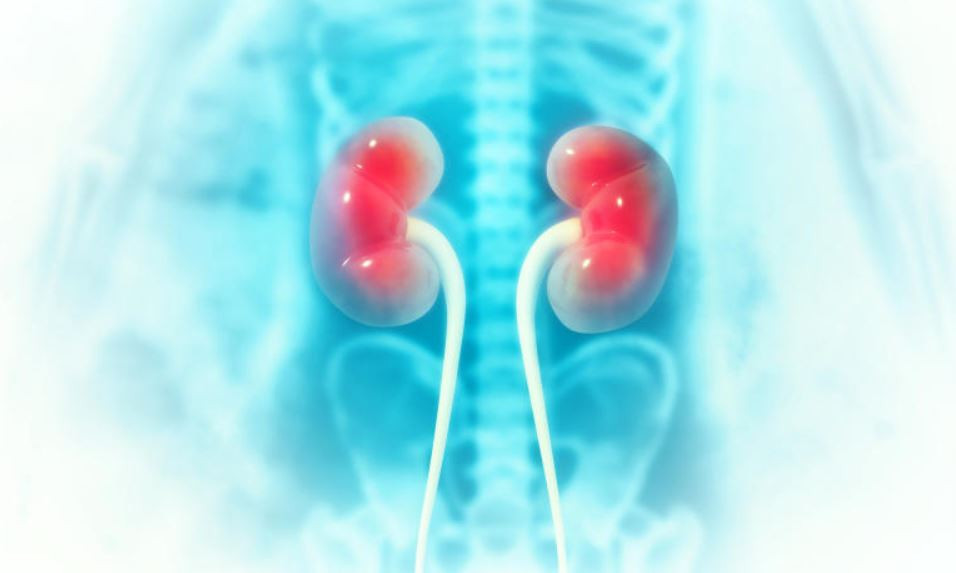
Physical well-being is crucial to everyday life. When one is holistically healthy-spiritually, mentally and physically-productivity tends to be higher. So, let's focus on endometriosis in females, a condition where tissue similar to the uterine lining grows outside the uterus.
Endometriosis is an estrogen-dependent and progesterone-resistant gynaecological condition. Estrogen tends to be higher in females aged between 10 to 50 years but declines as one age thus its trend. It usually begins at menarche (the first menstrual period in females) and ceases at menopause(when females stop being fertile). It is among the common causes of infertility, which occurs as a result of inflammation and scarring of the uterine lining making pregnancy difficult.
This condition is thought to occur when cells from the uterine lining are transported outside the uterus during menstruation and implanted on various organs like the anterior and posterior cul-de-sac, uterosacral ligaments, Fallopian tubes and ovaries. Any ectopic organ can be affected including but not limited to the lungs and peritoneum. Statistics indicate that 6 to 10% of women of childbearing age have endometriosis. It predominantly affects women in their 30s and 40s but can begin as early as 8 years old, though in rare cases. The incidence has been rising due to delayed marriages and late childbearing among females. While the mortality rate is low, the condition significantly impacts the quality of life.
The causes of endometriosis may include but not limited to genetic factors and retrograde menstruation-: where menstrual blood flows backwards through the Fallopian tubes into the pelvic cavity. These displaced cells stick to pelvic organs, thicken and bleed over time during menstruation.
Symptoms vary but typically worsen during ovulation and menstruation and ease after menses. Common symptoms include pelvic pain, painful periods, back pain, severe menstrual cramps, heavy periods, intermenstrual bleeding, blood in stool, bloody urine, painful bowel movements, vaginal bleeding, spotting, primary infertility (never been pregnant before), flatulence, and bloating. Some women may have silent endometriosis, incidentally discovered only during infertility investigations.
Types of endometriosis include:
Umbilical (Belly Button) endometriosis: Causes bleeding from the belly button during menses. Secondly, there exists diaphragmatic/lung endometriosis: Symptoms include rib pain, difficulty breathing, lung collapse during menses and chest pains. Thirdly, Kidneys, Ureters and Bladder endometriosis and finally, bowel endometriosis just to list but a few.
Treatments can alleviate symptoms and reduce disease progression, but symptoms may return. Endometriosis doesn't always require treatment; it's mainly considered in cases of pain and infertility.
For pain management, treatment focuses on symptom relief. In cases of mild or no pain or in women nearing menopause, doing nothing might be the best option. Over-the-counter drugs can also provide significant relief.
There is no definitive cure for endometriosis, but management options include medical Treatment with Pain relievers and hormone therapy. Surgical Treatment to remove endometriosis tissue can also suffice while a Combination Therapy using both medical and surgical approaches could provide some relief
However, adjuvant therapies involving physiotherapy, physical exercise, healthy diet, weight loss, and mindfulness have shown positive effects on symptom reduction.
In conclusion, females in their fertile ages should be aware of telltale signs of endometriosis. Early detection enhances better management, preventing progression to severe stages. Additionally, supporting individuals suffering from this disease is important. Endometriosis can affect anyone and should not be a source of stigma.
 The Standard Group Plc is a multi-media organization with investments in media
platforms spanning newspaper print
operations, television, radio broadcasting, digital and online services. The
Standard Group is recognized as a
leading multi-media house in Kenya with a key influence in matters of national
and international interest.
The Standard Group Plc is a multi-media organization with investments in media
platforms spanning newspaper print
operations, television, radio broadcasting, digital and online services. The
Standard Group is recognized as a
leading multi-media house in Kenya with a key influence in matters of national
and international interest.




